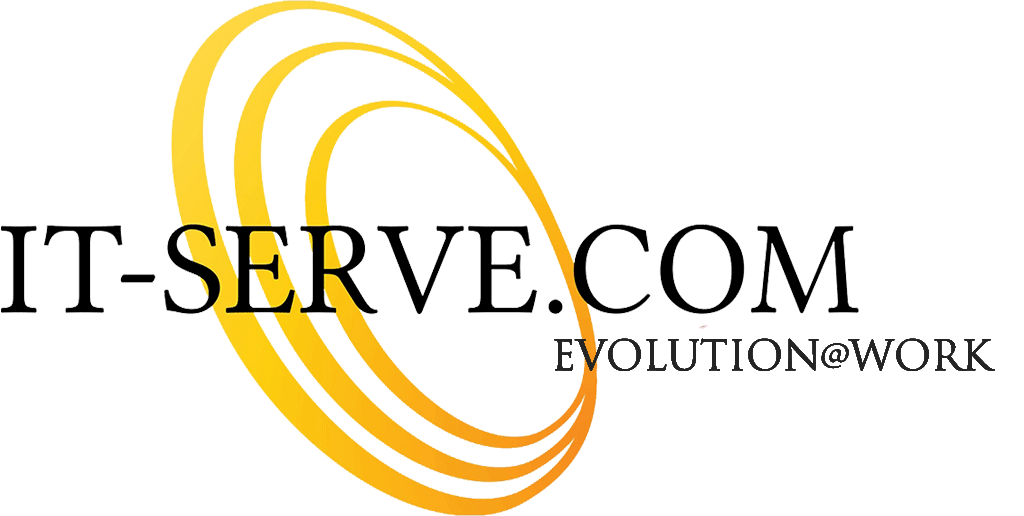
Recent studies show that 79% of respondents report seeing a more productive work environment in their businesses after switching to cloud-based software from other, previously used hardware alternatives. Increased employee productivity is not the only advantage that respondents report benefitting from after they made the switch to cloud-based software. Other bonus benefits that arose from the incorporation of cloud-based software include reports of the business saving more money, and also enjoying better peace of mind with the added security benefits that cloud software naturally provide. A little over half of the respondents also report seeing a noticeable higher revenue growth rate over a period of time after the introduction of cloud-based software into their firm. But how exactly does the implementation of cloud-based software impact the workflow of a business to such a great extent? Here are a few key reasons listed below.
Scalability for the business is much easier
In layman’s terms, cloud-based software simply refers to a digital storage space that is accessible to its users through the internet. Users can pay for exactly how much storage space they need and also add on as many additional features as required simply at an additional cost, so cloud-based software is extremely flexible for any budget.
This flexibility of the cloud is what makes it perfect for the scalability of a business. For example, when it comes to upscaling, replacing all the hardware components for an entire enterprise can take anywhere from a week to a couple of months. Additionally, migrating old files and data into new systems will also take time and can prove to be a tedious task. Since a cloud is entirely digital, upscaling your business wouldn’t take nearly as much time as upgrading in person hardware and infrastructure would. Cloud platforms are also low code so any IT professionals working on the integration of an upgraded cloud system can easily handle the upgrade with little to no coding knowledge. Cloud system upgrades can easily be incorporated into a business in a handful of days, so downtime and the disruption of employee workflow are both kept to the most minimal amount.

Streamlined workflow
The integration of cloud software into a business heightens the ease of collaboration for employees across the organisation. Whether it’s working with an external vendor in real time to incorporate their feedback on a project or working simultaneously on the same document with a colleague who isn’t present in the office, cloud software simply allows employees to complete tasks at an accelerated rate with fewer hurdles to overcome compared to most legacy hardware options. Taking into account the added tools that cloud services that allow for easier project and customer management, employees at home can even accomplish the same tasks as an employee working from the office with no compromise to the ease of workflow whatsoever. Some cloud service tools even have the option to automate repetitive tasks, so employees can turn their attention to more strenuous tasks without having repetitive administrative tasks consume their time and lower their productivity and morale.
To conclude, cloud-based software is designed to intelligently boost and streamline workflow for the business. It simply makes life for employees easier and allows them to focus on the actual task at hand without worrying about the schematics of server downtime, impaired security protocols or difficulty in collaboration with an employee or client who’s not physically present to work alongside with. Furthermore, the statistics at the very beginning of the blog prove the overall benefits that come with the implementation of the cloud into a business. To read a more in-depth view of the benefits of cloud-based software have a look at our blog, ‘The top 5 reasons to move from hardware to cloud services.



















